Sylvia Earle
Since childhood the feet in water
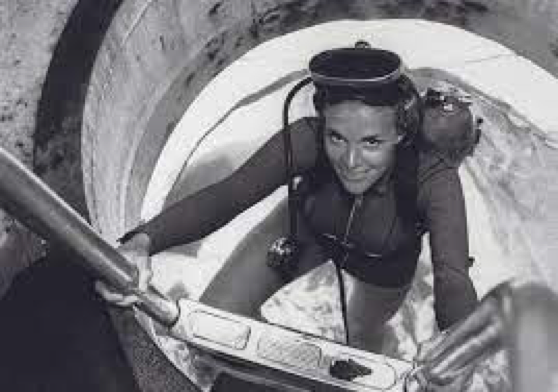
Born in 1935, Sylvia had always be passioned by fauna and flora surrounding it. It was at 12 years old, when she move to Florida, on the shores of the Gulf of Mexico, where she will devote herself to marine life.
She learned ( thanks to her father’s friend) how to use a diving suit. She will then decide to study seabed.
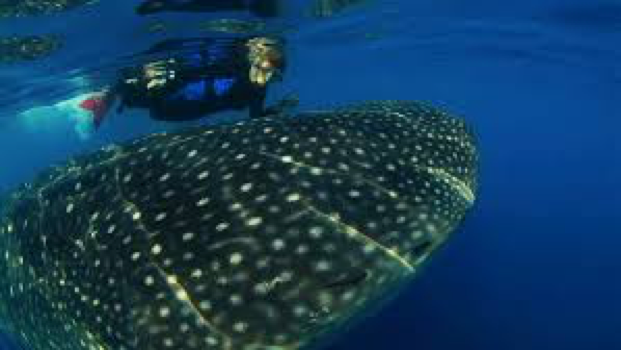
Graduated in Botany in 1955, specifically in Algology, she continued her studies with a doctorate at the renowned Duke University. Her thesis focused on the brown algae of her familiar gulf, but she embarked on a daunting task : collecting 20 000 samples of algae. Still today, this represents the largest census count.
During her research, she juggled between her research work, her life as a wife and her role as a mother; even when she was pregnant, she continued her explorations.
In fact, in 1964, she joined an expedition in the Indian Ocean for 6 weeks. The following year she became deputy director of Eugénie CLARK, her female model, at the marine laboratory in Cap Haze (Florida).
She obtained her doctorate in 1966 with her thesis “Phaeophyta of the Eastern Gulf of Mexico”.As soon as she graduated, she went on to further studies in science in collaboration with Harvard.
Into the depths
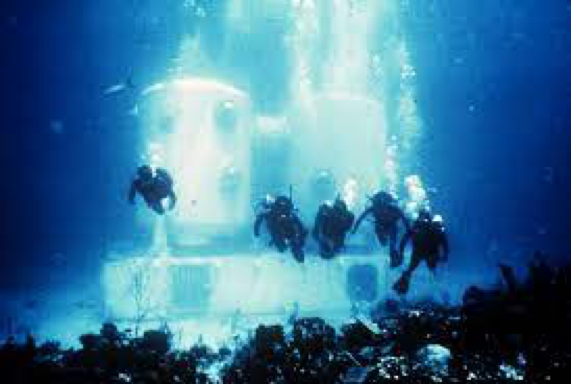
Her research led her to stay longer and longer, deeper and deeper, in the ocean. In February 1968, she plunged for the first time to a depth of 30 metres, thanks to the Deep Diver. This diving-breathing submarine, then allows her to stay for 1h30 underwater.
«The door to the ocean has opened, Sylvia Earle»
She is passionate about this new technology and will apply for the Tektite Underwater Habitat Program, located in the Virgin Islands National Park, St John’s at a depth of 15 metres. Her candidacy will be denied, as the project will not mix men and women confined together.

She then decided to set up a team composed solely of women, making up the second team living in the Tektite for the Tektite 2 project. Proving to all, that a team of women were as competent as men.
From 6 to 20 July 1970, the 5 women remained in saturations in the underwater habitat. This program allowed to observe the behaviour of a human group in a confined environment, to evaluate the viability of creating underwater laboratories as well as the impact on the environment.
Pollution starting to destroy coral reefs, note this horror, Sylvia will spend her life protecting and educating the public.
Since 1970, she has held a privileged position in the National Geographic Society. In 1977, she was also curator and researcher at the California Academy of Sciences.
She will then continue her research, participating in 5 missions in the Hydrolab underwater laboratory. In another study in the Truck Islands she will collect 100 species of algae, including 15 new ones, never seen before.
Woman of records
During her life Sylvia has made many discoveries, first experiences and records.
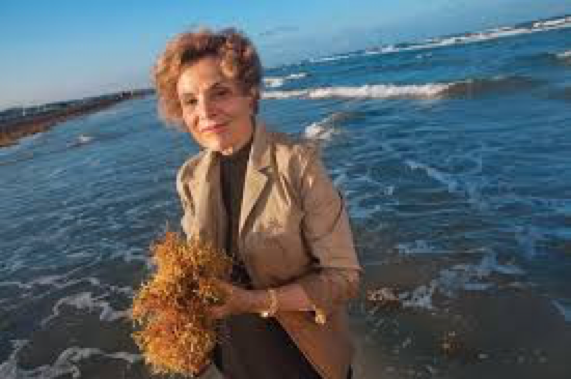
October 19 1979 : First person to use the Jim , an autonomous scuba suit. Thanks to it , she will explore the island of Oahu for 2 hours at a depth of 380 meters.
21 November 1985: on board to the Deep Rover (underwater vehicles), she dives solo at a depth of 1000 m.
Leads “Sustainable Oceans” expeditions for 5 years
Founded in 2008 «Mission Blue»
Author of over 200 scientific publications and 13 books
Give lectures in over 90 countries
Holds 27 doctorate
In total she will spend more than 7 000 hours underwater
The documentary Mission Blue is dedicated to her, if you want to know more.
The nineteenth century had saw many women established oneself in the maritime area. In this area, while Sylvia Earle fought for explore the seabed, others women same as her, fought for take their doctoral degree . Roger Arliner Young is one of them.
Roger ARLINER YOUNG
She was the first African-American woman to obtain a doctoral in zoology, at a time when women were “not made for science” and will suffer many injustices in her life, preventing her from pursuing her studies. The courageous scientist will fight to the very end and prove to many that one must never abandon one’s ideas.
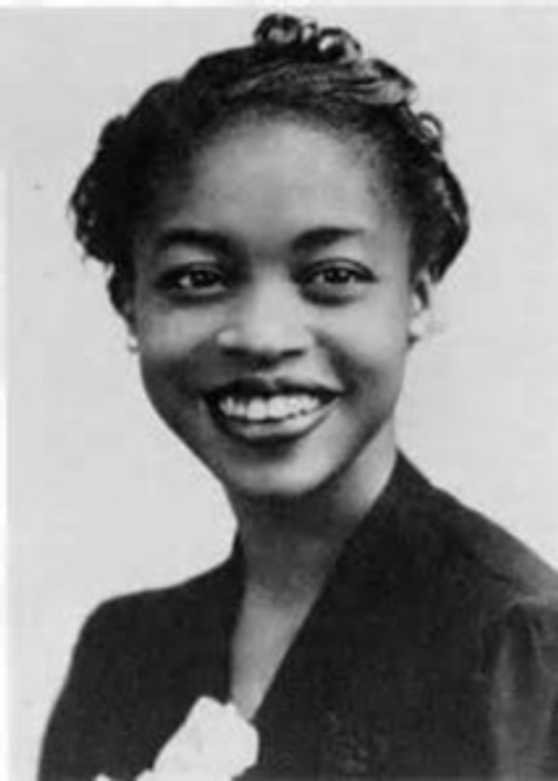
Roger ARLINER YOUNG was born in 1889 in Clifton Forge, in a poor family.
In Washington, she will study science at the prestigious Howard University (the most prestigious university for people of colour). YOUNG went to university to study music, discovered by chance the sciences during a course in zoology, intrigued by this teaching, she will also enrol in embryology.
Despite her interest in science, she plans to become a social worker, a more suitable job for a black woman. Indeed, at the time, black women who study or work in the scientific world were very frowned upon.
However her teachers seeing a real potential in her, despite her average results, will encourage her to continue in this direction.
One of his teachers, Ernest Everett Just (head of the zoology department) even asked him to become his assistant.
Roger, at the request of Professor Just, will start a Master’s degree at the University of Chicago to be his assistant. In her first year, she discovered that the disparate parts of the digestive system of the paramecium (aquatic single-celled organisms), gathers together forming a continuous digestive tract. This discovery will be published in the prestigious journal science «on the apparatus excretor of the paramecium».
She would then become internationally recognised as the first published African American researcher. Sigma Xi, an eminent scientific society, even offered to join its ranks. Just, highlighting all these awards will call it the «genius of zoology». Moreover, he will not fail to use his talent to help him in his own studies (later we will discover that unfortunately he will never recognise his help, omitting to mention it in his studies).
All this research and reward will further motivate Roger. She then decided in 1929 to obtain her doctorate. Returning to the University of Chicago, she will continue her research on the effects of ultraviolet radiation on sea urchin eggs, under the direction of Frank Rattray Lilie, a renowned embryologist and former mentor of Just.
In addition to her thesis to prepare, Young will be entrusted by Just the direction of the Department of Zoology in Howard, remember, located in Washington; thousands of kilometres then separate the 2 universities.
This reckless workload will prevent her from properly preparing her thesis, it will fail her.
In addition to this failure, her supervisor will not hesitate to send her away from her curriculum, the failure of her student confirm her ideas. Indeed, the renowned embryologist defended the idea that people of color were genetically inferior to white. He will even name the researcher mentally deficient and send a letter to Howard about herself.
The shock of these many events will cause Roger to disappear for a time; however, the need for a salary, to meet the needs of his disabled mother, will cause her to return to Howard.
His return was icy, even aggressive. Indeed, Just saw in the failure of the researcher a great disappointment. On the one hand, that she is given a bad image to her former mentor and on the other hand her failure put him in embarrassment. Wanting to create a Master in Zoology at his university, he did not hesitate to highlight the talent of YOUNG during his search for an investor.
The biologist then wanted to get rid of her. He accused her of many mistakes, made her use of time impossible, all in order to have a reason for the dismissal. Which he did the following year.
Undeterred, Roger proved to all that she was a true scientist by obtaining her doctorate in 1940, under the direction of Lewis Victor Heilbrunn; who this time, will give her the necessary support for her work.
Following her PhD, Dr YOUNG will work at a small university in North Carolina.
Revolting by all the discriminations that the black populations undergo, it will become activist, attract the bad eye of many people especially universities. It will then be difficult for her to find and keep a job. In addition, she will begin to lose her sight, following her previous studies on UV rays.
Mentally exhausted she will eventually be put in an asylum in the late 1950s.
Written by Maeva T.


Comments